Grass texture plays a pivotal role in landscaping, influencing not only the visual appeal of outdoor spaces but also their functionality and ecological balance. The texture of grass can evoke different feelings and atmospheres, making it a crucial element in landscape design. For instance, fine-textured grasses, such as fescue or bentgrass, can create a soft, inviting look that encourages relaxation and leisure.
In contrast, coarser grasses like Bermuda or zoysia can impart a more robust and resilient character to a landscape, suitable for high-traffic areas or sports fields. The choice of grass texture can significantly affect how a space is perceived and utilized, making it essential for landscape architects and homeowners alike to consider this aspect carefully. Moreover, grass texture contributes to the overall health of the ecosystem within a landscape.
Different textures can support various types of wildlife, from insects to birds, creating a biodiverse environment. For example, a lawn with a mix of fine and coarse grasses can provide habitats for different species, promoting ecological balance. Additionally, the texture of grass can influence water retention and soil health.
Fine-textured grasses often have deeper root systems that help with soil aeration and moisture retention, while coarser grasses may be more drought-resistant. Understanding the importance of grass texture allows for more informed decisions in landscaping, leading to healthier ecosystems and more aesthetically pleasing environments.
Key Takeaways
- Grass texture plays a crucial role in landscaping by adding depth and visual interest to outdoor spaces.
- Different types of grass have varying textures, from fine and soft to coarse and wiry, allowing for diverse landscaping options.
- Grass texture contributes to creating a serene environment by providing a natural and calming aesthetic.
- Utilizing grass texture can enhance outdoor spaces by adding a sense of softness and natural beauty to the surroundings.
- Grass texture adds aesthetic appeal to garden design by creating a lush and inviting atmosphere.
Different Types of Grass and Their Textures
The world of grass is diverse, with numerous species exhibiting a wide range of textures. Cool-season grasses, such as Kentucky bluegrass and tall fescue, are known for their fine to medium textures. Kentucky bluegrass, with its lush green blades and soft feel, is often favored for residential lawns due to its aesthetic appeal and ability to thrive in cooler climates.
Tall fescue, on the other hand, has a coarser texture but is highly adaptable and drought-resistant, making it suitable for transitional zones. These cool-season grasses are typically lush and vibrant during the spring and fall, providing a rich carpet-like appearance. In contrast, warm-season grasses like Bermuda grass and St.
Augustine grass exhibit different textural characteristics. Bermuda grass is known for its fine to medium texture and aggressive growth habit, making it ideal for sunny areas and sports fields. Its dense growth provides excellent wear tolerance, which is why it is often used in golf courses and athletic fields.
St. Augustine grass has a broader blade and a thicker texture, offering a lush appearance that thrives in warmer climates. Its coarse texture provides a unique look that can enhance the visual interest of a landscape while also being resilient to foot traffic.
Understanding these different types of grasses and their textures allows landscapers to select the most appropriate species for specific environments and desired aesthetics.
The Role of Grass Texture in Creating a Serene Environment
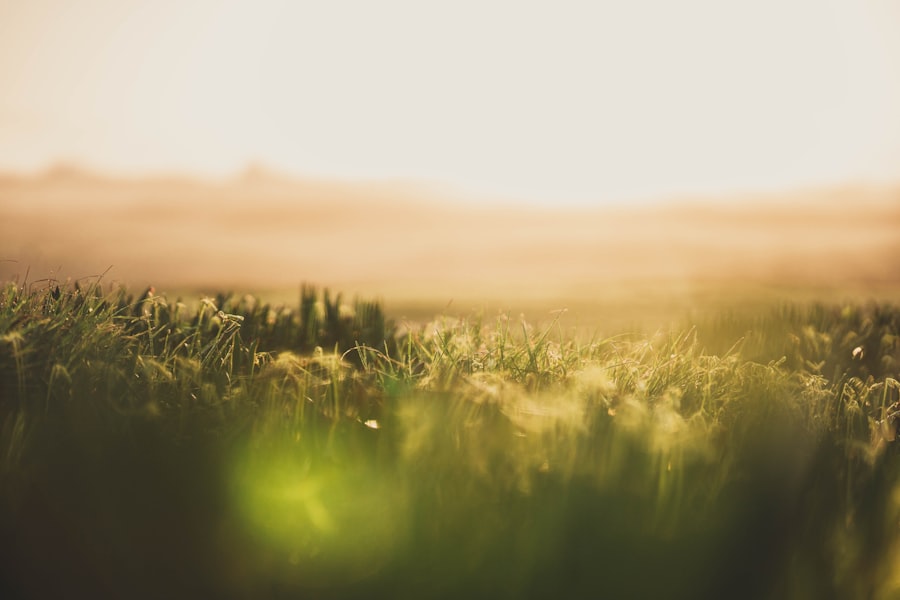
Grass texture significantly contributes to the creation of serene environments in both residential and public spaces. The tactile quality of grass can evoke feelings of tranquility and relaxation, making it an essential element in gardens, parks, and recreational areas. Fine-textured grasses often create a soft carpet underfoot, inviting people to walk barefoot or sit on the ground without discomfort.
This sensory experience can enhance the overall enjoyment of outdoor spaces, encouraging individuals to connect with nature and unwind from the stresses of daily life. Additionally, the visual aspect of grass texture plays a crucial role in establishing a peaceful atmosphere. Landscapes featuring a harmonious blend of different grass textures can create visual interest while maintaining a sense of calmness.
For example, combining fine fescue with coarser zoysia can create layers within the landscape that draw the eye without overwhelming it. The interplay of light and shadow on varying textures can further enhance this serene environment, as sunlight filters through blades of grass, creating patterns that evoke a sense of movement and life. By thoughtfully incorporating different grass textures into landscape design, one can cultivate spaces that promote relaxation and rejuvenation.
Using Grass Texture to Enhance Outdoor Spaces
| Benefits of Using Grass Texture to Enhance Outdoor Spaces |
|---|
| 1. Adds natural and organic feel to the outdoor area |
| 2. Provides a soft and comfortable surface for walking and sitting |
| 3. Enhances visual appeal and aesthetics of the outdoor space |
| 4. Low maintenance compared to real grass |
| 5. Can be used in various outdoor settings such as patios, balconies, and gardens |
Incorporating various grass textures into outdoor spaces can significantly enhance their functionality and aesthetic appeal. For instance, using fine-textured grasses in areas designated for relaxation or meditation can create an inviting atmosphere that encourages users to spend time outdoors. These softer grasses are often more comfortable for sitting or lying down, making them ideal for picnic areas or garden retreats.
Additionally, they can be used to create visually appealing borders around flower beds or pathways, guiding visitors through the landscape while providing a gentle transition between different elements. Conversely, coarser grasses can be strategically placed in high-traffic areas where durability is paramount. For example, using Bermuda grass in play areas or sports fields ensures that the surface remains resilient against wear and tear while still providing an attractive appearance.
By combining different textures within outdoor spaces, designers can create zones that serve specific purposes while maintaining an overall cohesive look. This thoughtful approach not only enhances the usability of outdoor areas but also elevates their visual impact, making them more enjoyable for all who experience them.
The Aesthetic Appeal of Grass Texture in Garden Design
The aesthetic appeal of grass texture is undeniable in garden design, where it serves as both a backdrop and a focal point. A well-designed garden often incorporates various textures to create depth and interest. For instance, using fine-textured grasses alongside flowering plants can highlight the vibrant colors of blooms while providing a soft contrast that enhances their beauty.
The delicate blades of grass can frame flowers or shrubs, drawing attention to their unique shapes and colors while adding an element of softness to the overall composition. Moreover, grass texture can be used to create visual pathways within gardens. By alternating between different textures—such as fine fescue along walkways and coarser grasses in adjacent areas—garden designers can guide visitors through the space while creating an engaging visual experience.
This technique not only enhances the aesthetic appeal but also encourages exploration and interaction with the garden environment. The interplay between various grass textures can evoke emotions and inspire creativity, making gardens not just places for plants but also canvases for artistic expression.
Maintaining and Caring for Lush Grass Texture
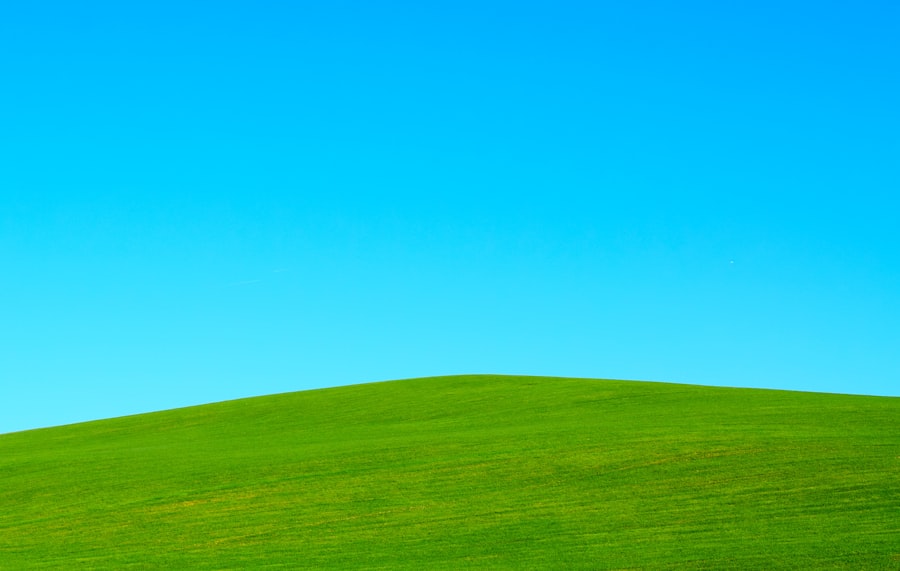
Maintaining lush grass texture requires a combination of proper care techniques tailored to the specific type of grass being cultivated. Regular mowing is essential for promoting healthy growth and maintaining an even texture across the lawn. For fine-textured grasses like fescue or bluegrass, mowing at the appropriate height—typically around 2 to 3 inches—ensures that the blades remain healthy while preventing weeds from taking hold.
In contrast, coarser grasses like Bermuda may require more frequent mowing during peak growth seasons to keep them looking tidy and well-groomed. Watering practices also play a critical role in maintaining lush grass texture. Different types of grasses have varying water requirements; therefore, understanding these needs is vital for optimal growth.
Fine-textured grasses often require more frequent watering to maintain their lush appearance, especially during dry spells. Conversely, warm-season grasses like zoysia are more drought-tolerant but still benefit from deep watering during dry periods to encourage deep root growth. Fertilization is another key aspect; using slow-release fertilizers tailored to specific grass types can promote healthy growth while enhancing texture over time.
Incorporating Grass Texture into Interior Design
While grass is typically associated with outdoor spaces, its texture can also be creatively incorporated into interior design.
Products made from natural fibers like sisal or jute mimic the texture of grass while providing durability and aesthetic appeal.
These materials can add warmth and depth to interior spaces, creating a connection between nature and home. Additionally, indoor gardens featuring live grass can serve as striking focal points within modern interiors.
Such installations can evoke feelings of tranquility reminiscent of outdoor landscapes while providing unique design elements that captivate visitors’ attention. By thoughtfully integrating grass textures into interior design, one can create harmonious spaces that reflect nature’s beauty.
Exploring the Therapeutic Benefits of Grass Texture
The therapeutic benefits of grass texture extend beyond mere aesthetics; they encompass physical and psychological well-being as well. Studies have shown that spending time in green spaces with natural elements like grass can reduce stress levels and promote relaxation. The tactile experience of walking barefoot on soft grass stimulates sensory receptors in the feet, fostering a sense of grounding and connection to nature that many find calming.
Furthermore, engaging with grassy environments has been linked to improved mental health outcomes. Nature therapy programs often incorporate activities such as walking on grassy trails or participating in outdoor yoga sessions on lawns to harness these benefits fully. The combination of fresh air, natural light, and the soothing presence of greenery creates an environment conducive to mindfulness and reflection.
By recognizing the therapeutic potential inherent in grass texture, individuals can cultivate healthier lifestyles that prioritize well-being through nature immersion. In summary, understanding the multifaceted role of grass texture in landscaping reveals its significance in creating beautiful outdoor spaces that promote relaxation, ecological balance, and aesthetic appeal. From selecting appropriate grass types based on their textures to maintaining lush lawns that enhance our environments, every aspect contributes to our overall experience with nature—both outdoors and indoors—ultimately enriching our lives through thoughtful design choices.
If you are interested in exploring the benefits of connecting with nature, you may want to read an article on the incredible benefits of yoga for mental and physical health. This article discusses how practicing yoga can improve overall well-being and promote a sense of inner peace. Just like how the texture of grass can evoke feelings of tranquility and grounding, yoga can also help individuals find balance and harmony in their lives.
FAQs
What is grass texture?
Grass texture refers to the visual and tactile appearance of grass, including its color, length, density, and overall pattern.
Why is grass texture important?
Grass texture is important for various reasons, including its impact on the overall aesthetic of a landscape, its functionality for activities such as sports or recreation, and its role in providing habitat for wildlife.
How is grass texture used in landscaping?
Grass texture is used in landscaping to create visually appealing and functional outdoor spaces. It can be used to cover large areas such as lawns, or incorporated into smaller areas as part of a larger design.
What factors influence grass texture?
Factors that influence grass texture include the type of grass species, environmental conditions such as sunlight and water availability, maintenance practices such as mowing and fertilization, and soil quality.
How can grass texture be enhanced or manipulated?
Grass texture can be enhanced or manipulated through various means, such as selecting specific grass species or cultivars, adjusting maintenance practices, and using specialized products such as lawn treatments or turf paints.
What are some common types of grass texture?
Common types of grass texture include fine-textured grasses like fescue and bluegrass, medium-textured grasses like Bermuda and zoysia, and coarse-textured grasses like St. Augustine and buffalo grass.
How can grass texture be maintained?
Grass texture can be maintained through regular mowing at the appropriate height, proper watering and fertilization, controlling weeds and pests, and addressing any soil compaction or drainage issues.
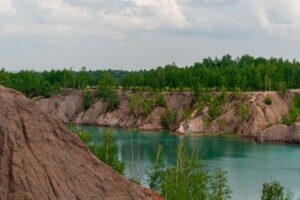









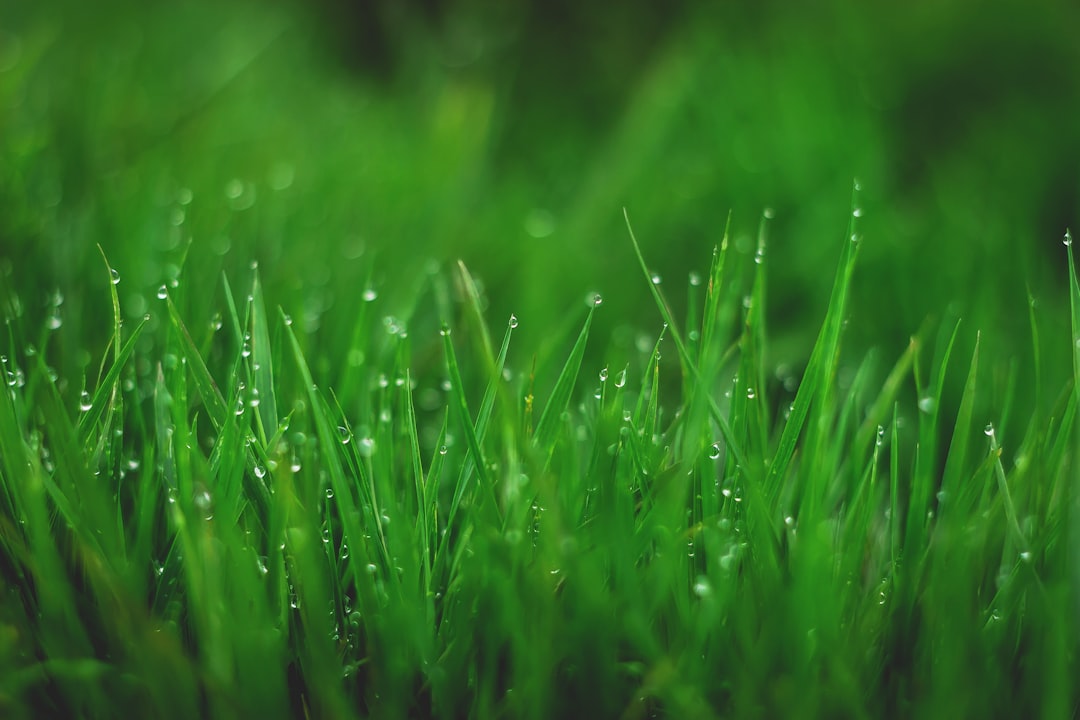
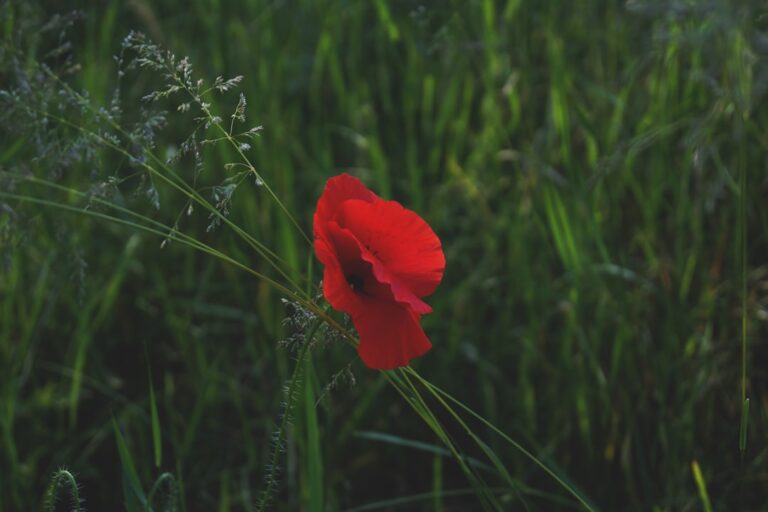

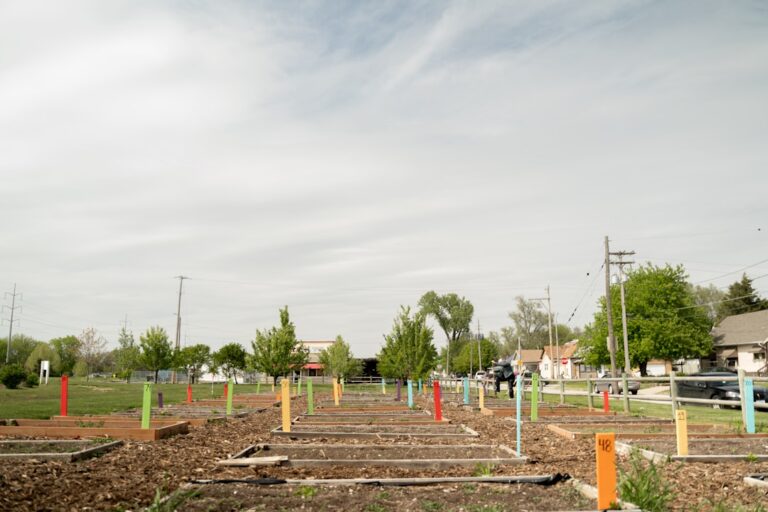


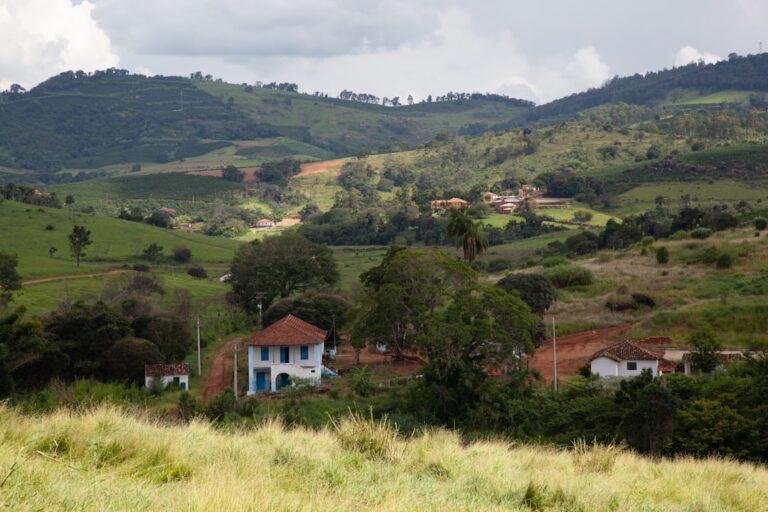

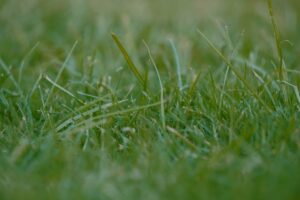



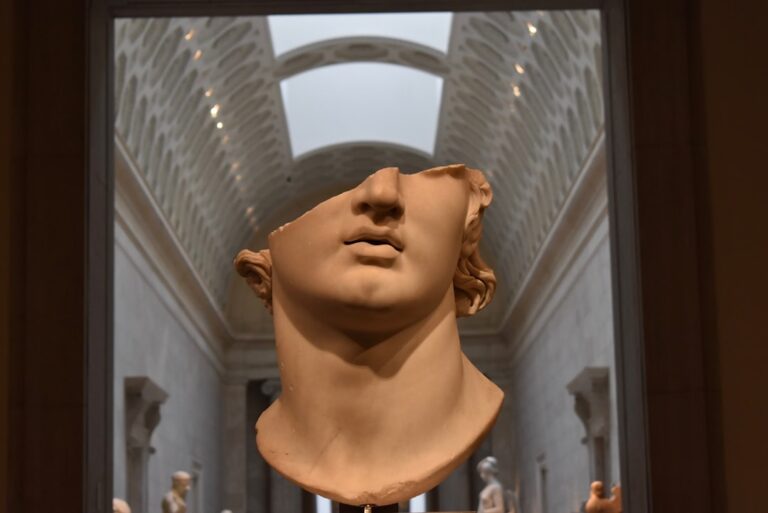

+ There are no comments
Add yours